
Revealed;- Some Hidden Gems; Radipole Park and Gardens
Some Hidden Gems
For those of you who might have had any involvement with a lottery bid, you’ll know exactly how much goes into it.

It’s not just writing the bid itself, there’s a team of people beavering away for months on end, writing, reading, creating those hundreds of other folders that accompany it, research, consultations, reports…and so the list goes on.
Though some of these more technical documents might be what I consider a tad dry and dusty (though essential of course), there’s also those that reveal some surprises.
Take for instance our Diversity Plan produced by Sam Hamer of Dorset Wildlife Trust.
With his expertise and eye for detail, he has highlighted valuable information about Radipole’s park and gardens that I’ve never even considered!
He talks about our close proximity to other important sites such as RSPB Swannery Nature reserve, (historically Radipole park and gardens was once a part of this estuary)

and Lorton Meadows to name but a few of the huge range of Weymouth’s wildlife havens.
As Radipole park is a long and thin green corridor that runs through from town to the suburbs, he states it is ideally placed to become an important ‘stepping stone’ or green ‘corridor’ for many species.

The Radipole Park Gardens Bat Report by Steve Masters of DWT reveals that our bat population is thriving. Having set an Anabat Express detector on site for five days they recorded the calls of eight different species including the rare Pipistrellus Nathusii !
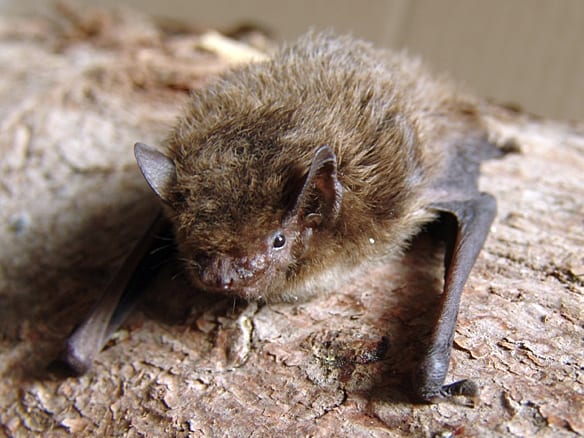 (Isn’t it so cute? You’ve got to love that little face.)
(Isn’t it so cute? You’ve got to love that little face.)
‘This is a rare bat species in the UK and often likes to associate with large areas of water during its autumn migration period. Many sightings have been recorded at the adjacent RSPB Radipole Lake site.’
Watching bats sweeping to and fro in these gardens are one of my treasured childhood memories, though what they were probably feeding on, not such good memories! Playing tennis in the evenings usually meant you spent more time swiping away those mozzies who seemed determined to devour you. Nowadays though I’m quite willing to forgive and forget if their presence means more food for the bats.
Other reports have shown that we can boast…
‘A baseline survey identified a limited area of herb-rich, semi-improved grassland around the flower beds at the northern end of the site, which supports four Dorset Notable species(Bird’s-foot-trefoil. Common Knapweed, Ox-eye Daisy and Fleabane) [1] A further Dorset Notable, Strawberry Clover occurs in open turf near the goal posts.

(Strawberry Clover)
[1] Dorset notable species are associated with good quality wildlife habitat that has largely escaped agricultural improvement and are used to determine the value of a site with five or more regular occurrences needed for consideration as a Site of Nature Conservation Interest, important at a county level.
As a child, who didn’t sit on a grass field sucking the little clover flowers for their sweet nectar…or was I just odd?
We also have quite an impressive selection of trees and shrubs, providing valuable food for our friends…
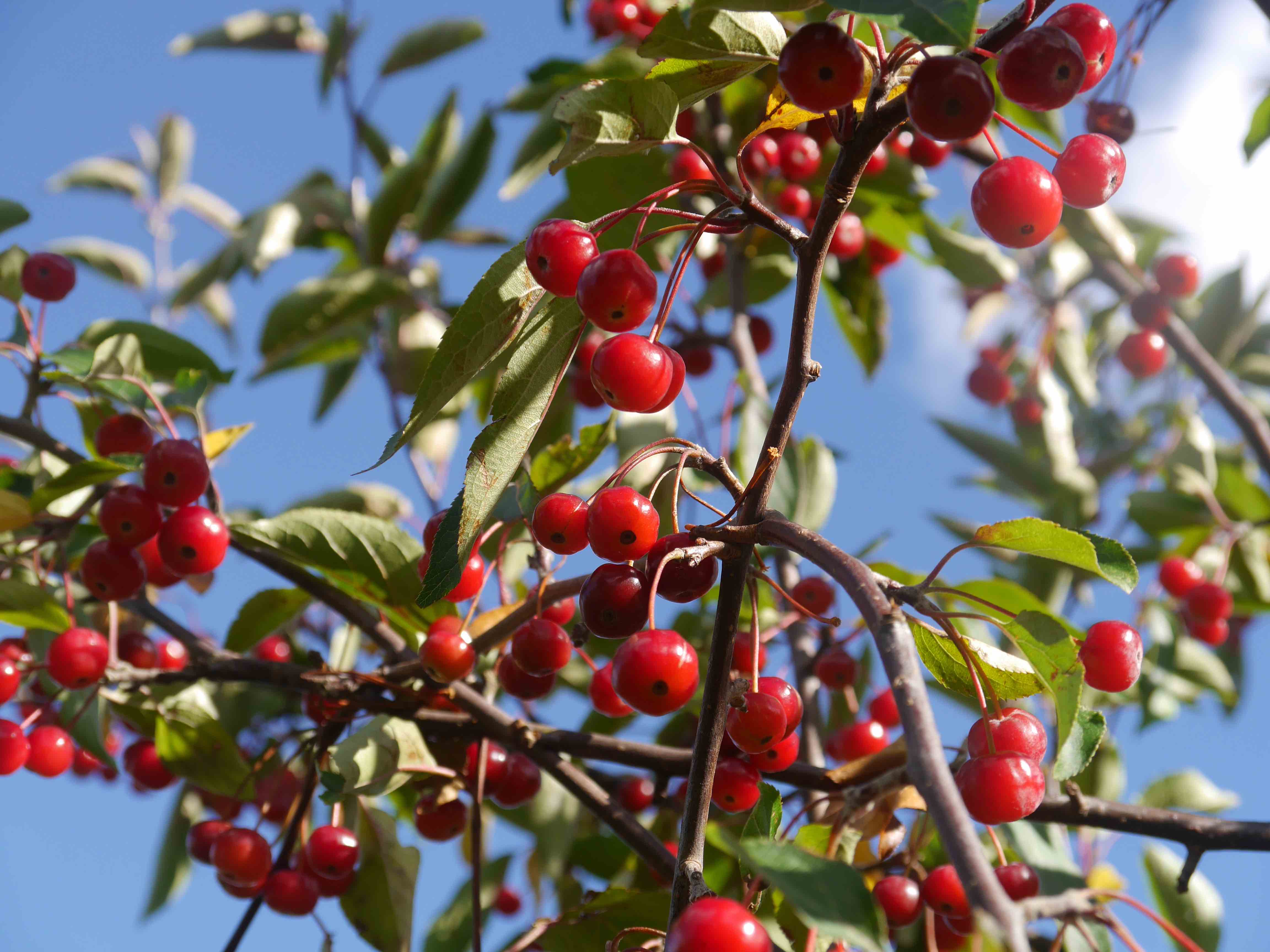
‘The site is home to a few noteworthy, exotic trees, such as Foxglove tree (Paulownia tomentosa)
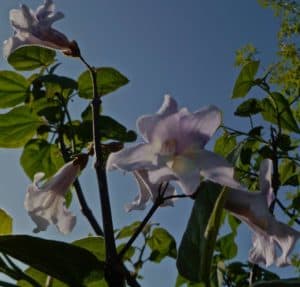
and a semi-mature Tree of Heaven (Ailanthus altissima), as well as pine species Pinus sp, ash Fraxinus excelsior, sycamore Acer psuedoplantus and beech Fagus sylvatica, a which have significant wildlife value.’
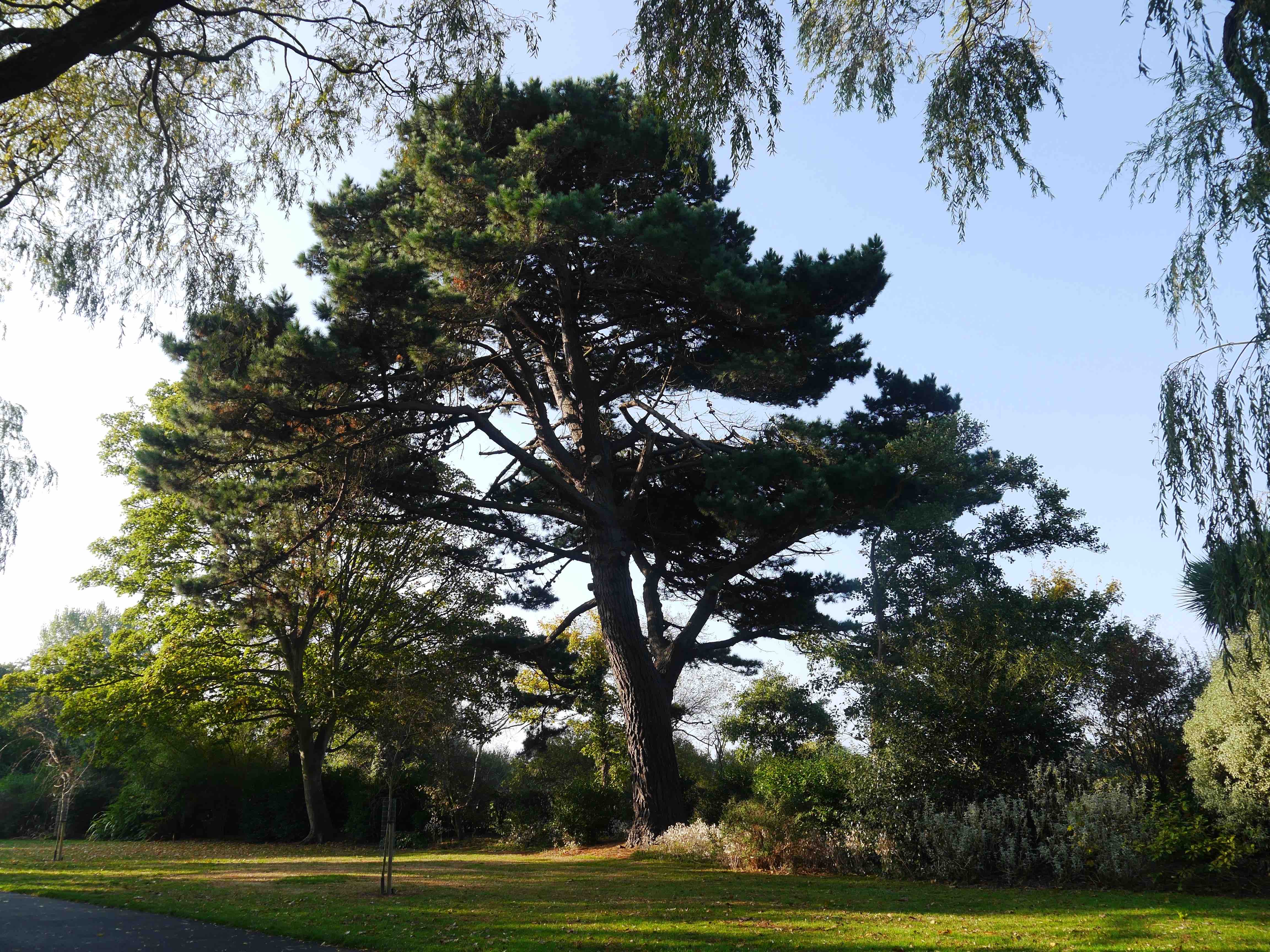
(one of the original 1930’s planting by world reknown landscape architect Edward White of Milner & White)
‘The mature tree planting within the site is recognised by Natural England as woodland priority habitat network.’
We’re already well on the way to making our green space more wildlife friendly, as one of our aims has always been to make Radipole park more welcoming to all creatures great and small.
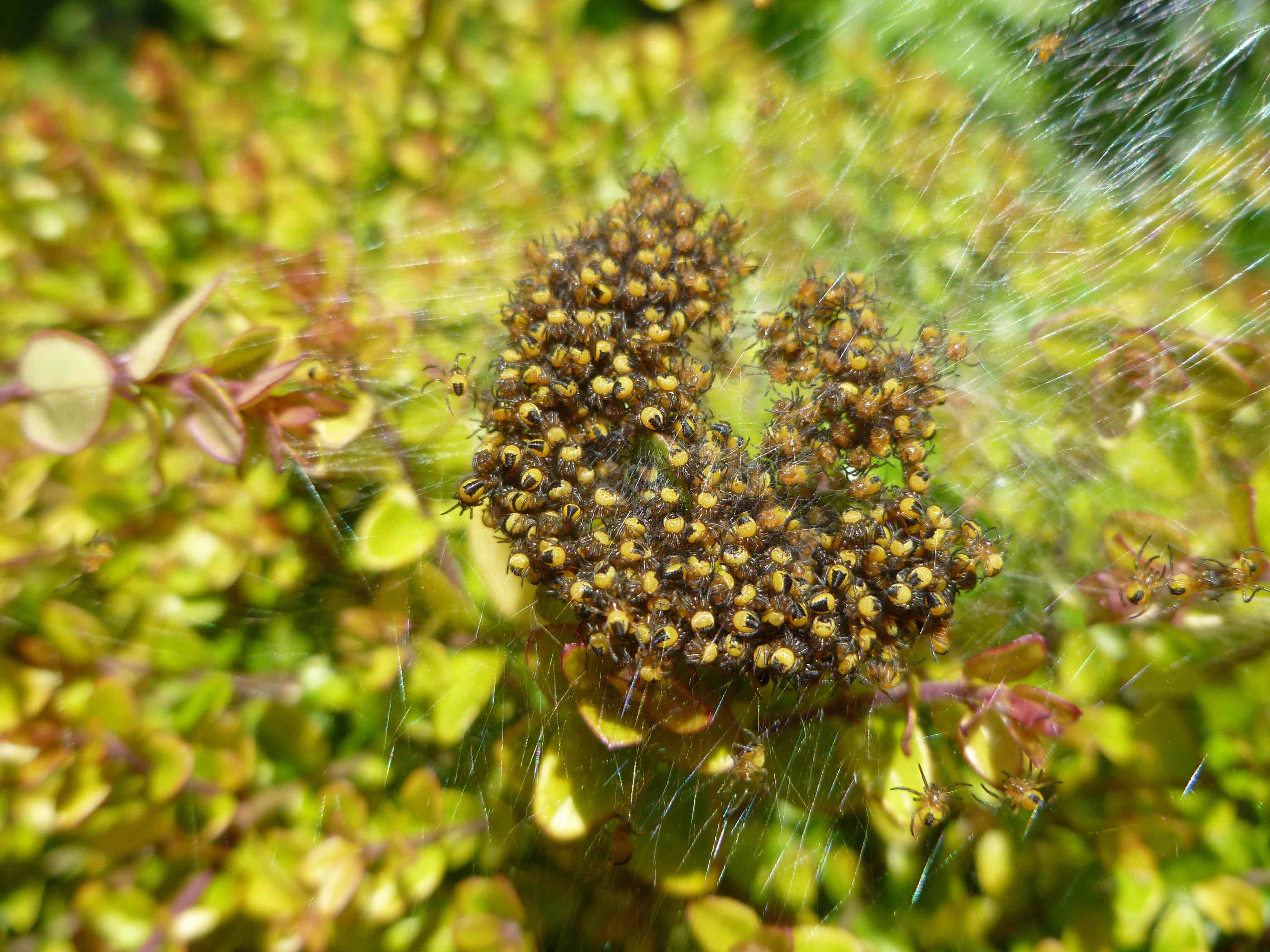
… and people of course, because we’re great believers in that nature nurtures and the importance of our green spaces to both physical and mental health.
The Friends group have created a community orchard and wildflower meadow, which we’re hoping to expand upon.
We’re raising funds to create a wildlife friendly sensory garden within the park, we’re already 3/4 of the way there having raised £15,000 so far.

There’s plans on adding more bird and bat boxes throughout, something that we will be making at sessions with anyone interested in joining us.
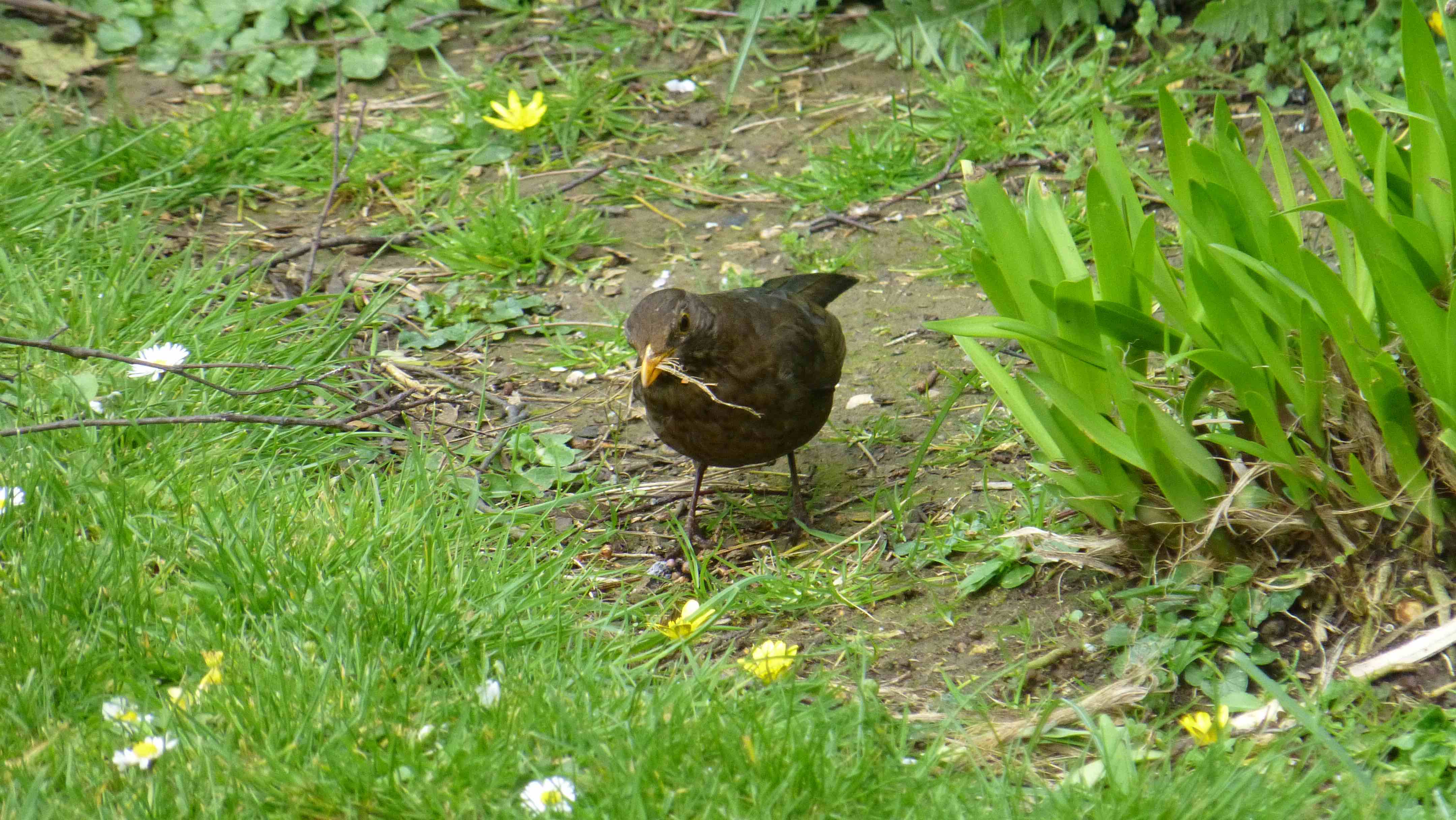
(One good reason for following our site or on Facebook as there will be so many different hands on opportunities coming up for you to get involved in creating the most magical park.)
Also, don’t forget our annual Wildlife and Wellbeing event in the spring, where you can meet all those people and groups who have a passion and care for nature.

If you’re interested in seeing what we’re up to, how our bid is going, be at the reveal of our stunning landscaping and sensory garden plans, pop along to our annual AGM and Social evening.
There’ll be free wine and cheese to entice you, as if you need it!
*********

are being supported by the

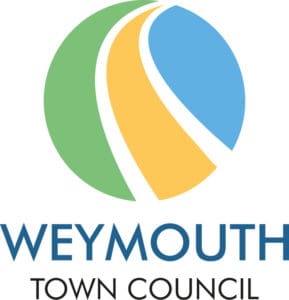



No Comments